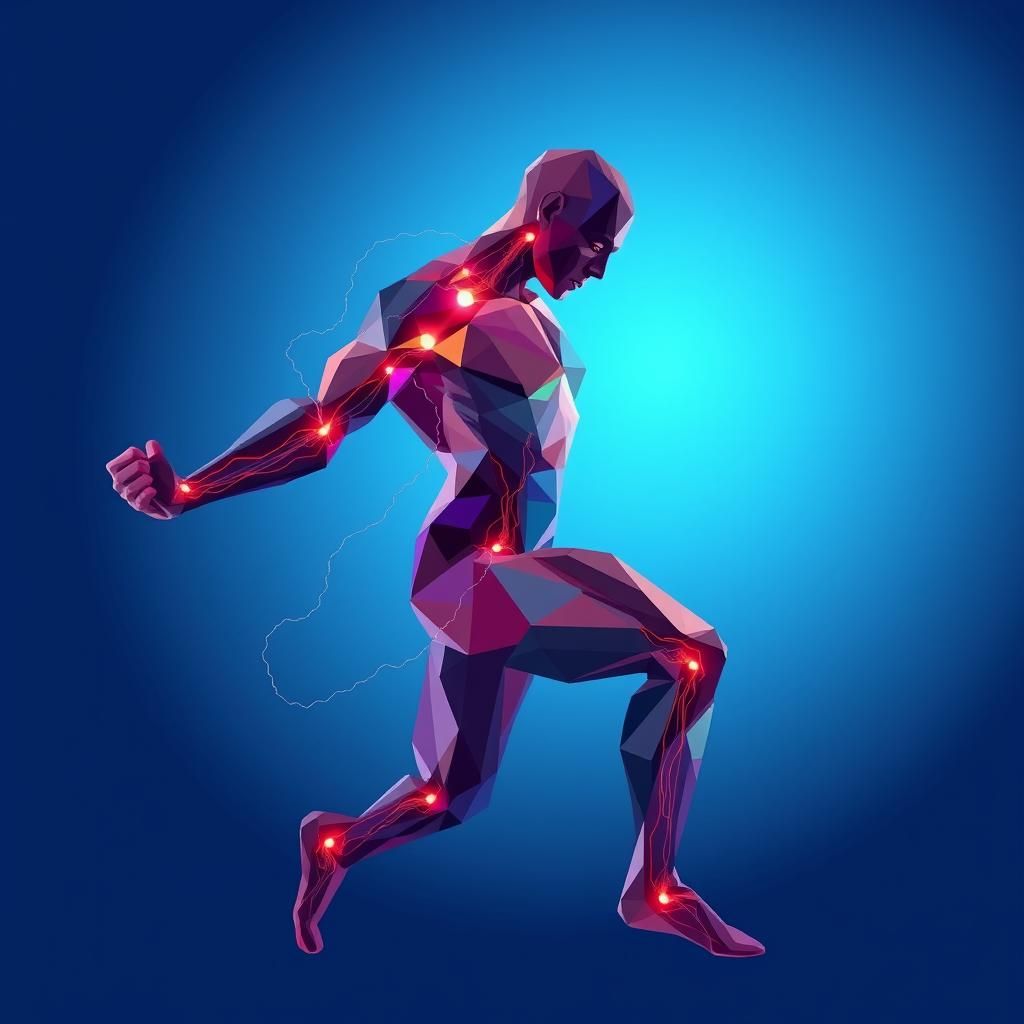
Explore & Play
Discover interesting topics and solve the accompanying crossword puzzle.
Element crossword: Exploring Hydrogen’s Energy Potential and Metals
Table of Contents
Element crossword
You can either fill in the crossword puzzle directly on this page or click the button in the bottom right corner to print it for free.
——————————————
Exploring Essential Elements: From Hydrogen’s Energy Potential to the Role of Metals in Daily Life

Introduction
Elements: the simple building blocks that make up everything we see, touch, and use. From the air we breathe to the steel in skyscrapers, elements are fundamental — stripped-down, pure, and powerful. They’re not just chemistry textbook entries; they shape our environment, drive technology, and underpin life itself.
This article takes you on a quick tour of some heavyweight elements — Hydrogen, Oxygen, Carbon, Nitrogen, Iron, Gold, Silver, Copper, Sodium, and Calcium. Each plays a unique role, but hydrogen is stealing the spotlight as the clean energy hero of tomorrow. We’ll connect the dots between cutting-edge science and everyday reality, so you get why these elements matter now more than ever. Ready to see the future through the lens of the periodic table? Let’s dive in.

Hydrogen: The Fuel of the Future
Hydrogen isn’t just the most common element in the universe—it’s a powerhouse waiting to reshape our energy landscape. Picture this: tiny hydrogen atoms packed so tightly they outnumber everything else in the cosmos combined. If we could harness even a fraction of that potential here on Earth, the energy revolution would be unstoppable.
But here’s the kicker—hydrogen isn’t just floating around in the air like oxygen. It’s hidden deep beneath our feet. Scientists recently uncovered “geologic hydrogen,” or what some call “gold hydrogen,” trapped in Earth’s crust. This discovery flips the script: instead of relying solely on water electrolysis to produce hydrogen, we might tap into natural reservoirs, cutting costs and boosting sustainability.
Fuel cells fueled by hydrogen are sprinting ahead in industries from clean transportation to backup power. Why? Because burning hydrogen produces only water vapor—no carbon footprints, no smog. Imagine cars and factories powered by something that leaves zero toxic trail behind. That’s the kind of clean energy future that feels less sci-fi and more “just around the corner.”
Look to Colorado, where investment and exploration into geological hydrogen are heating up. It’s becoming a real-world testing ground for what could be a global shift in how we generate power. It’s the kind of momentum that makes you sit up and think: this isn’t just a hobby project for scientists—it’s the fuel of tomorrow, ready to spark change today.

Oxygen: The Breath of Life
Oxygen is the quiet hero we barely notice—but without it, life as we know it simply wouldn’t exist. It’s the element that powers the fire inside every cell, literally fueling our bodies and the entire biosphere. From the air we breathe to the water we drink, oxygen’s reach is everywhere.
On the biological front, oxygen’s job is straightforward but vital: it’s the key player in respiration. Cells use oxygen to break down food into energy, keeping everything from the tiniest microbes to blue whales swimming and thriving. This process doesn’t just keep us alive; it governs ecosystems worldwide, shaping who can live where and how.
But oxygen isn’t just about now—it’s been part of Earth’s saga for hundreds of millions of years. Intriguingly, scientists have linked long-term shifts in Earth’s oxygen levels to changes in its magnetic field over the past 500 million years. Imagine Earth’s magnetic heartbeat influencing the very air we breathe—this interplay underscores how deeply connected our planet’s systems really are.
Beyond biology, oxygen helps maintain the delicate balance of our atmosphere and ecosystems, supporting everything from plants making their food to stabilizing weather patterns. Its presence and constant cycling ensure that life’s gears keep turning smoothly.
In short, oxygen is more than just gas in our lungs—it’s the lifeblood of our planet, a subtle but powerful force holding together the web of life, now and through the ages.

Carbon: Building Block of Life and Industry
Carbon is everywhere—and not just in the obvious places like pencil tips or charcoal. It’s the unsung hero behind plastics that shape our gadgets, medicines that heal us, water filters keeping our taps clean, and batteries powering everything from phones to electric cars. Think of carbon as the ultimate multitasker: lightweight yet strong, simple yet capable of forming millions of different compounds.
Deep below our feet, carbon plays a quiet but vital role keeping Earth’s core solid and helping fuel the magnetic field that shields us from the harshness of space. Without this invisible protector, life as we know it wouldn’t stand a chance.
Biologically, carbon is the foundation of all known living things. It’s the backbone of organic molecules like DNA, proteins, and fats—the stuff that builds bodies and keeps ecosystems humming. Carbon’s constant movement through the carbon cycle—switching between air, land, water, and living organisms—keeps Earth in balance. It’s the planet’s natural recycler, a reminder that life and geology are tightly intertwined.
So next time you use your smartphone, take medicine, or enjoy a breath of fresh air, remember: carbon is quietly making it all possible, bridging the gap between the basics of life and the marvels of modern industry.

Nitrogen: Preserving Life and Environment
Nitrogen might be invisible in the air we breathe, but don’t let that fool you—it’s the silent MVP behind life on Earth and the food in your fridge. Around 78% of our atmosphere is nitrogen gas (N₂), but this inert form isn’t something most organisms can use directly. Instead, nitrogen has to go through a clever natural relay called the nitrogen cycle, where specialized bacteria “fix” this gas into forms plants and animals can absorb. Recent studies show that this cycle started earlier in ocean history than we thought, rewiring our understanding of how life evolved and ecosystems thrived.
In the kitchen and industry, nitrogen steps up as a quiet guardian of freshness. Ever wondered how packaged snacks stay crisp and fruits last longer? Nitrogen gas flushing replaces oxygen inside the packaging, slowing down spoilage and staving off the growth of bacteria and mold. It’s like giving your food a protective bubble that keeps it tasty and safe without chemicals.
Environmentally, nitrogen plays a double-edged role. On one hand, it’s a vital fertilizer that boosts crop yields and feeds the world’s growing population. On the other, excess nitrogen runoff from agriculture can overload marine ecosystems, causing harmful algal blooms and disrupting aquatic life. Balancing nitrogen’s powers is one of the big challenges in sustainable agriculture and ocean health today.
So, nitrogen isn’t just a passive gas—it’s a dynamic player weaving through life, food, and the environment. Understanding nitrogen’s journey deepens our appreciation of how the simplest element shapes complex systems, from farm fields to ocean currents.

Iron: The Backbone of Infrastructure
Iron isn’t just some heavy metal buried in the Earth; it’s the skeleton holding up much of our modern world. Nearly every skyscraper, bridge, and tool you see depends on iron, mostly in its alloy form—steel. This stuff is strong, flexible, and affordable, making it the go-to metal for construction and manufacturing. Without iron, our cities would be wooden sticks and our machines nothing but dreams.
On the economic front, iron drives industries and jobs worldwide. Mines dig it up, factories mold it, and engineers turn it into everything from cars to kitchen appliances. Its role in technology is massive, too—think of the steel frames inside your phone or the engines in electric vehicles.
But iron’s influence isn’t limited to buildings and gadgets. Inside your body, iron plays a quiet yet critical role. It’s the core of hemoglobin, the protein in red blood cells that grabs oxygen from your lungs and ships it to every corner of your system. Without iron, your muscles wouldn’t get the oxygen they need, and you’d quickly run out of energy.
In short, iron is the ultimate multitasker—holding up civilization by day, fueling life by night. When you think about it, our lives literally depend on this unassuming metal beneath our feet and inside our veins.

Gold: The Element of Culture and Value
Gold has held our fascination for thousands of years, and it’s easy to see why. Imagine a metal that never rusts, never fades, and always shines with a warm, hypnotic glow. Its rarity and untarnished beauty have made gold a symbol of wealth, power, and timeless elegance across cultures worldwide. From ancient Egyptian pharaohs draped in gold to modern-day luxury watches, gold spots the history of human civilization like constellations on a night sky.
But gold isn’t just about looks. Its resistance to corrosion means it keeps its luster no matter where you put it, making it perfect for everything from delicate jewelry to highly durable electronics. In fact, gold’s unique physical properties—such as being incredibly malleable and an excellent conductor of electricity—have found it a place in microchips, connectors, and even cutting-edge medical implants.
Culturally and scientifically, gold is a bridge between tradition and innovation. It’s the metal that whispers stories of ancient treasure hunts and trades, while also powering the tiny gadgets we can barely live without today. Simple, unchanging, and utterly dependable—gold continues to captivate both our imaginations and our devices.

Silver: Excellence in Conductivity and Uses
Silver is the rockstar of metals when it comes to conducting electricity and heat. It outperforms every other metal, making it a top pick for anything that needs to move electrons fast and efficiently—think high-tech circuits, solar panels, and those sleek smartphone screens you can’t live without. Its mirror-like shine isn’t just for show; silver’s reflectivity makes it perfect for everything from telescopes to solar energy reflectors, capturing and directing light with precision.
But silver isn’t just about shiny gadgets. Its natural antimicrobial properties have medical pros excited, too. Bandages, surgical tools, and wound dressings often have a silver lining—literally—to fend off infection and speed up healing. This mix of electrical skill and health benefits positions silver as a metal that’s both technologically vital and surprisingly life-savvy.
Historically, silver has carried weight beyond its physical qualities. It symbolizes wealth and trust across cultures, used in coins, jewelry, and ceremonial artifacts. Economically, it’s a reliable asset—something industries and investors keep a close eye on. As technology marches forward, silver’s blend of old-school value and futuristic function makes it a metal that’s essential today and poised for tomorrow.

Copper: Versatile Conductor
Copper is one of those elements you don’t see but definitely feel everywhere. It’s the unsung hero in your home’s electrical wiring, making sure the lights come on without a hitch. Why copper? Because it’s an electrical and thermal powerhouse—conductivity levels that make it the go-to metal for everything from power grids to gadgets. On top of that, it’s tough and doesn’t corrode easily, so it keeps circuits running smoothly over time.
But copper isn’t just sitting pretty in wires and pipes. It’s at the heart of today’s green energy revolution. From solar panels to wind turbines, copper handles the juice that powers clean tech. New infrastructure for renewable energy would fall apart without it. Think of copper as the quiet but critical thread weaving sustainability into our future—durable, reliable, and absolutely essential.
In a world racing toward smarter, greener tech, copper is proof that sometimes, the future depends on getting the basics right.

Sodium: Essential But Misunderstood
Sodium often gets a bad rap, but it’s time to set the record straight. First off—sodium is a vital mineral your body actually needs to function. It’s not the villain behind health woes; that role belongs more to salt when consumed excessively. Here’s the key: sodium is part of salt, but salt isn’t just sodium. It’s sodium plus chloride, and confusing the two leads to unnecessary fear.
So, why does your body care about sodium? It helps keep your fluids balanced, supports nerve signals firing efficiently, and keeps your muscles working properly. Without enough sodium, things get wonky—think muscle cramps, dizziness, and tiredness. Your daily sodium requirement isn’t sky-high; just enough to keep those internal circuits humming.
On the flip side, too much salt—often hidden in processed foods—can strain the heart and raise blood pressure. But blaming sodium alone oversimplifies a complex issue. It’s about balance and understanding sources.
In everyday life, sodium isn’t just a bump on your health chart—it adds flavor to food, making dishes pop. It’s in your bread, cheese, and yes, even your sports drinks, playing roles you might not expect. So next time you think of sodium, remember: it’s essential, but like any good thing, it works best in moderation and context.

Calcium: More Than Just Bones
Calcium often gets boxed into one simple role: keeping your bones and teeth strong. And yeah, that’s a big deal—after all, nearly 99% of the calcium in your body is locked into your skeleton. But this element’s influence doesn’t stop there. Think of calcium as the body’s behind-the-scenes multitasker, quietly powering muscle movement and keeping nerves firing smoothly.
When your muscles contract—whether you’re sprinting, typing, or even just blinking—calcium ions are the signal that tells muscle fibers to tighten up. In your nervous system, calcium helps transmit messages from one nerve cell to another, making sure your brain stays in sync with everything happening around you. Without enough calcium, this finely tuned system can stumble.
Getting enough calcium isn’t rocket science, but it does require some attention. Dairy products like milk and cheese provide a hefty dose, but leafy greens, fortified plant milks, and certain fish also contribute to your daily needs. Most health guidelines recommend around 1,000 milligrams a day for adults, with a bit more for older folks to keep bones resilient.
In short, calcium’s not just the “bone guy.” It’s the quiet enabler behind every movement and thought—an elemental powerhouse that keeps your body wired and ready. So next time you think about calcium, picture more than just a strong skeleton: see a key player in the electric rhythms of life itself.

Conclusion
Elements are the unsung heroes shaping every corner of our world. From hydrogen’s rising promise as clean fuel to oxygen’s life-giving breath, and from carbon’s role in life and industry to metals like iron, gold, and copper building our societies—each element plays a unique part. Sodium and calcium quietly support our health, while nitrogen keeps ecosystems and food fresh.
Looking ahead, elements like hydrogen are not just scientific curiosities; they’re engines driving sustainable futures. Clean energy, smarter technologies, and healthier ecosystems all hinge on understanding and utilizing these building blocks.
So here’s the takeaway: the elements aren’t just textbook facts—they’re living threads in the fabric of progress. Keep an eye on them. The future is elemental, and it’s already unfolding around you.
Share to...
I hope you enjoy the content.
Want to receive our daily crossword puzzle or article? Subscribe!
You may also be interested in
Share to…
Want to receive our daily crossword puzzle?
-
Jigsaw Puzzles
Bryggen Waterfront Puzzle: Vibrant Bergen Scene 250 | 300 | 500 Pieces
kr 348,00 – kr 439,00Price range: kr 348,00 through kr 439,00 Select options This product has multiple variants. The options may be chosen on the product page -
Jigsaw Puzzles
Charming Hamster Art Nouveau Jigsaw Puzzle 250 | 300 | 500 Pieces
kr 348,00 – kr 439,00Price range: kr 348,00 through kr 439,00 Select options This product has multiple variants. The options may be chosen on the product page -
Jigsaw Puzzles
Chinese Dragon Jigsaw Puzzle – Zodiac Series Art 250 | 300 | 500 Pieces
kr 348,00 – kr 439,00Price range: kr 348,00 through kr 439,00 Select options This product has multiple variants. The options may be chosen on the product page

















